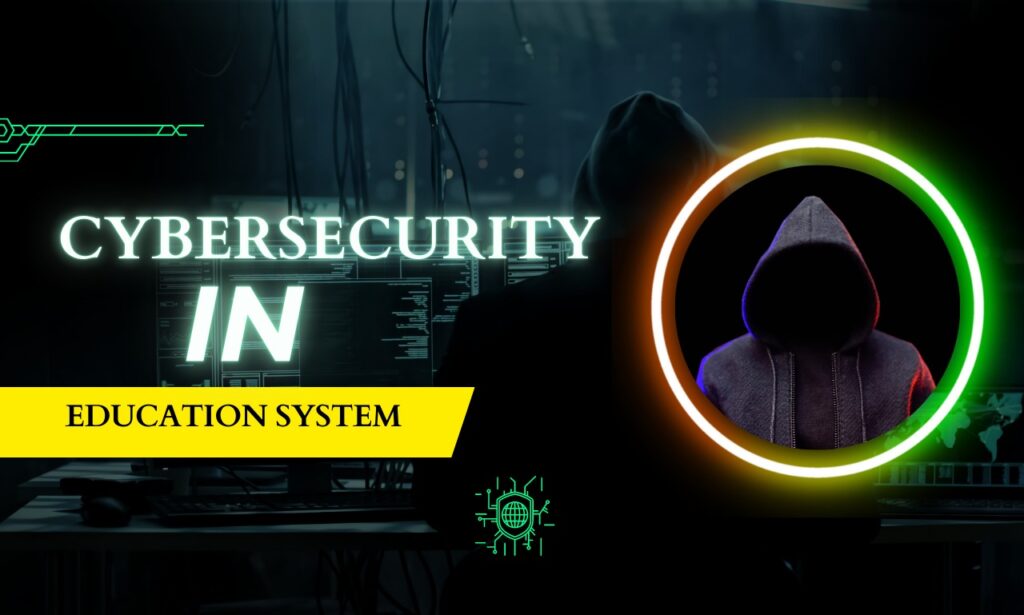What is a Cloning Cybersecurity
Cybercriminals utilize cloning cybersecurity, often known as phishing, to trick their targets into believing a harmful email looks similar to a genuine one. Clone scam assaults are typically significantly more difficult for unwary people to spot since they resemble authentic emails. But, by having a deeper grasp of clone phishing, your company will be well-equipped to protect against cloning attempts.
What is Clone phishing?
Phishing assaults using cloned emails or web pages are sometimes known as clone phishing. The scam emails that fraudsters send to unknowing targets will appear to be real.
We’ll go over: Samples of clone phishing scams used mostly by hackers Variations between replication and other malware assaults Cybersecurity techniques that can help avoid cloning operations to assist you in comprehending how to protect your company against such attacks.
Building security awareness regarding cloning cybersecurity and other forms of social attack vectors is the first step in improving your cybersecurity measures versus clone phishing assaults.
Phishing using a clone
Clone emails frequently have the exact same appearance as an email a reader might expect. Clone websites are indeed made to look exactly like genuine ones, but they lack security and use phony domain names. When clone phishing emails are sent to employees of the company, they often contain urgent messages urging recipients to engage on potentially dangerous links.
Clone phishing spurious reasons include, for instance, the following: Clicking a connection for an essential software upgrade Replying to a mail from “IT support” with confidential login information Visiting a web link in which a user can collect a “gift” or “reward”
The private email accounts of your employees could also be a target for hackers. Users may be less wary of clone phishing assaults in their personal inboxes than they are in business email accounts, which makes it simpler for hackers to take advantage of access control flaws.
For instance, if a user just made an online purchase, a carefully crafted phishing email from that store may appear authentic and be received on a work computer.
What Distinguishes Phishing Clones From Other Kinds of Phishing
Clone phishing assaults demand a significantly higher sophistication level to effectively coordinate and deploy than phishing emails, audio phishing, and SMS phishing. To read a group’s emails, a cloned phishing culprit typically has to get past some sort of access control. Then, to persuade the intended recipients of a clone phishing campaign of its legitimacy, the offender must construct a virtually similar clone of an email message.
It takes considerable organization and careful attention to detail to successfully circumvent access limits and copy emails, which might not be the situation with other phishing schemes. Clone phishing, nevertheless, also comes with additional risks. A well-planned clone phishing email has the potential to breach access controls and disclose sensitive information if it is successful.
Use spam-blocking software
By blocking as many clone phishers as feasible, anti-spam software lowers the likelihood that employees would fall for scams. Protecting your business against clone phishing attacks is made easier by identifying, screening, and eliminating possible spam. Also, engaging with a leading security provider will assist you in locating the best anti-spam application for your security requirements.
How to Recognize a Clone Phishing Email?
Employees frequently struggle to distinguish between authentic and cloned emails. The difficulty for security teams is to inform people about the various ways hackers are using the mail server to breach a business network using security awareness training courses. Causal inference and the capacity to recognize subtleties associated with phishing assaults are necessary for spotting phishing emails.
An email may be a phishing attempt if it uses odd wording or capitalizes on the recipient’s sense of urgency. Cloned emails may be written with proper spelling and grammar. However, the majority of tactics include pressuring a targeted reader to take an action before even considering its ramifications. When it’s already late, and after they’ve installed malware or given away their credentials. Users usually utilize an email is indeed a phishing effort.
Any email that urges recipients to act immediately without giving them a chance to consider the repercussions should be handled accordingly. To persuade consumers to open the clone phishing email, hackers may threaten account cancellation, financial loss, or legal problems. Malicious links may be embedded in emails, warning users to click them. To log in, or reply with important information if they don’t want to lose their accounts or their jobs.
Users should input the website into their computers rather than clicking links. Links take you to a variety of phishing pages. In an attempt to deceive customers into disclosing their passwords, the link can lead to a site that impersonates an actual company’s verification page. It might direct you to a site that resembles a Google or another third-party login page. Another choice is to direct the targeted visitor to a link that installs malware on their computer.
How Can Clone Phishing Attempts Be Prevented?
Companies may stop clone phishing attempts by taking a number of cybersecurity measures. Users find it difficult to recognize dangerous email messages. And the chance of failure grows if cybersecurity is left to human interception. Phishing emails are the main method used by insider threats, a serious cybersecurity problem, to infiltrate an environment. Employee education, email security, and network access are necessary to prevent successful phishing attacks and minimize the harm they do.
Phishing emails are prevented from reaching the intended recipient via email filters. Mail filters prevent potentially dangerous email messages from being sent instead of requiring human interaction. The communications are quarantined. So that an administrator can examine them and decide if they are phishing attempts or false positives.





